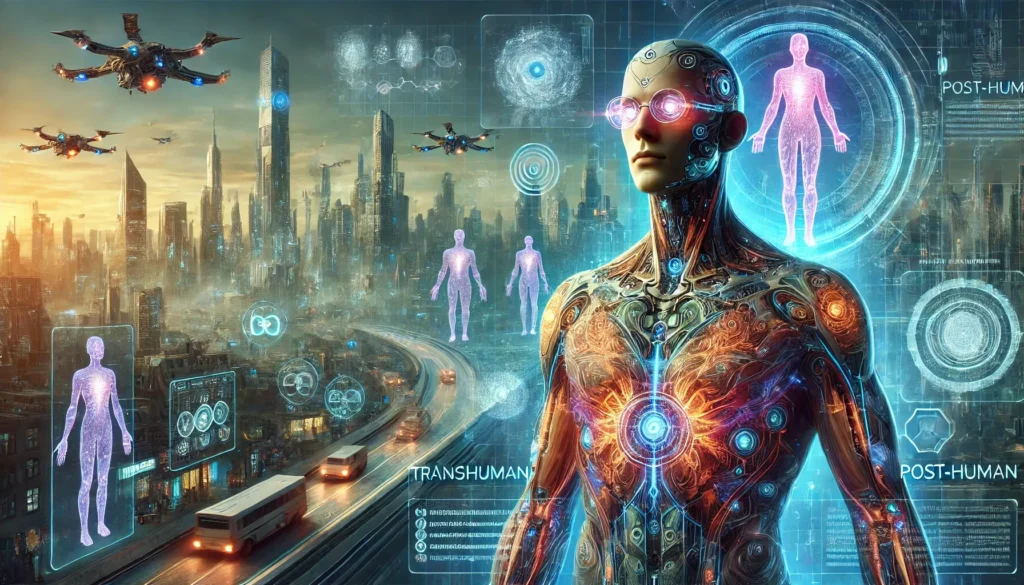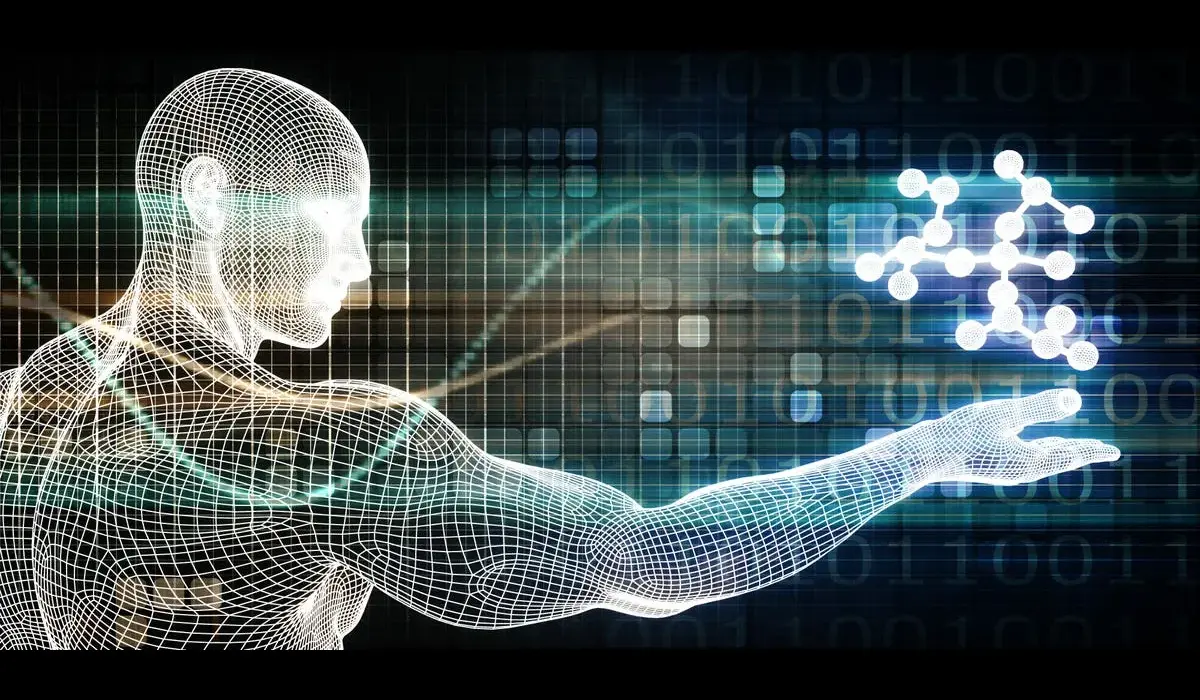In a world that evolves faster than we can blink, humanity stands at the crossroads of biology and innovation. We’re no longer asking if Technology will change our lives, but how far we’re willing to let it go. From smartwatches that track our sleep to brain implants that can control machines, we’re witnessing the emergence of Human 2.0 — a new kind of human that lives in harmony with technology.
What is Human 2.0?
Human 2.0 isn’t just a buzzword. It’s a concept that describes the evolution of human beings through technological augmentation. This new era is marked by enhanced capabilities, digital dependencies, and integrated tech designed to improve everything from health to memory, strength, and emotional resilience.
We’re not just using technology—we’re becoming part of it.
The Rise of Wearable Technology
Let’s start with the basics: wearables. From Fitbit to Apple Watch, wearable devices are now mainstream. These tiny gadgets track our steps, monitor our heart rate, analyze our sleep, and even remind us to breathe. They give us real-time data about our health and encourage behavior change.
Wearables are no longer just about convenience. They’re becoming essential tools in preventative healthcare and fitness optimization.

Biohacking: The DIY Upgrade
Ever heard of biohacking? It’s like life-hacking, but for your biology.
Biohackers use nutrition, devices, supplements, and sometimes even implants to enhance physical and mental performance. Some insert RFID chips under their skin to unlock doors or log into computers. Others take nootropics—”smart drugs” that claim to boost brain function.
While some methods are fringe, the goal is always the same: to go beyond natural limits.
Artificial Intelligence as a Personal Assistant
From Alexa to ChatGPT, artificial intelligence is becoming part of our inner circle. These AI tools help us manage tasks, answer questions, schedule events, and even offer emotional support.
But we’re moving beyond assistants. AI is learning how to think, respond, and interact like a friend. Soon, it may be hard to tell whether you’re chatting with a human or a machine.
Brain-Machine Interfaces: Controlling Devices with Thoughts
Elon Musk’s Neuralink and similar projects are pioneering ways to connect the brain directly to machines. Imagine typing on a computer without using your hands, or helping a paralyzed person move again with just a thought.
The goal? Merging our minds with machines for faster thinking, communication, and learning. It sounds like science fiction, but it’s already in early testing phases.
Augmented Reality (AR) and Virtual Reality (VR)
AR and VR are not just for gamers anymore. They’re transforming education, therapy, healthcare, and even remote work.
- AR overlays digital data onto the real world.
- VR immerses you in a fully virtual environment.
Both technologies offer new ways to experience, learn, and connect, often more powerfully than the real world itself.
Smart Homes, Smart Lives
Step into a smart home, and everything adjusts to your presence. Your lights dim, thermostat sets itself, coffee brews automatically, and your fridge tells you you’re out of eggs.
Thanks to the Internet of Things (IoT), everyday devices are learning our preferences and routines, creating homes that adapt and evolve alongside us.
The Digital Healthcare Revolution
Telemedicine, AI diagnostics, and remote health monitoring are making healthcare more accessible and efficient. AI-powered systems can now detect diseases earlier than doctors, and wearables can alert users of potential health crises before they happen.
This isn’t just convenience—it’s life-saving innovation.
Robotics and Physical Augmentation
Human 2.0 also includes physical upgrades. Bionic limbs now move with the mind. Robotic exoskeletons help paralyzed patients walk. Military applications are developing suits that enhance strength and endurance.
We’re not just healing injuries—we’re redefining physical capability.
Emotional Technology: AI that Understands You
Tech is getting emotional—literally. AI can now detect moods through voice, facial expressions, or typing patterns. Some tools are designed to help with mental health, offering therapy bots and mood journals that respond with empathy.
It’s not perfect, but it’s a step toward emotionally intelligent machines.
Social Dynamics in a Tech-Driven World
As tech becomes more personal, it’s reshaping how we interact. We spend more time with screens than with people. We swipe, scroll, and text instead of talking. While digital connection is fast and efficient, it often lacks depth and authenticity.
Human 2.0 must also ask: how do we keep relationships real in a digital world?
Ethical Questions of Tech Integration
With every innovation comes ethical questions:
- Should we implant chips in our brains?
- Should AI make medical or legal decisions?
- Who controls your data, thoughts, and actions?
There’s a thin line between empowerment and control, and crossing it could have lasting consequences.
The Future of Human 2.0
In the next 10 years, expect to see:
- AI therapists and teachers
- Digital twins for healthcare simulations
- Mind-controlled devices in homes and offices
- Gene editing for performance optimization
But with this progress comes responsibility. Human 2.0 isn’t about replacing humanity—it’s about enhancing it wisely.
Conclusion: Embrace the Merge, but Stay Human
We’re already living in a version of the future we once imagined. The merge between humans and technology is happening, and there’s no turning back.
But the key is balance. Let’s use technology to amplify the best parts of ourselves—our compassion, intelligence, creativity, and resilience—without losing the very thing that makes us human.
Human 2.0 is not a destination. It’s a journey. Are you ready to evolve?
FAQs
1. What is Human 2.0?
Human 2.0 refers to the integration of advanced technology into our biological and mental lives, enhancing health, cognition, and capability.
2. Is it safe to use brain-machine interfaces?
While promising, these technologies are still in development and carry risks, including privacy and neurological concerns.
3. Can technology make us healthier?
Yes. Wearables, AI diagnostics, and smart health tools improve prevention, monitoring, and treatment outcomes.
4. Will robots replace human jobs?
Some jobs will be automated, but many new roles will emerge. Adaptability and lifelong learning are key.
5. How do we stay human in a tech-heavy world?
By prioritizing empathy, ethics, real-world relationships, and conscious use of technology.




